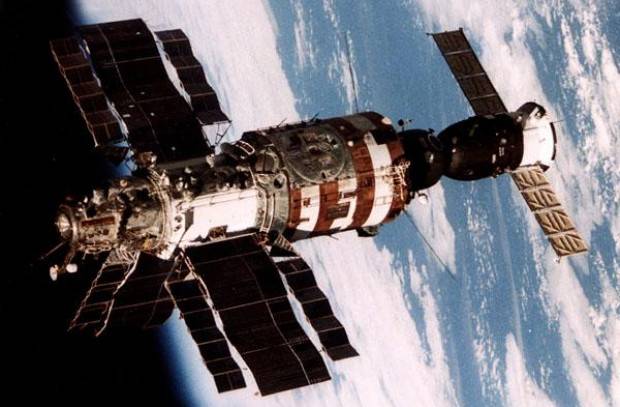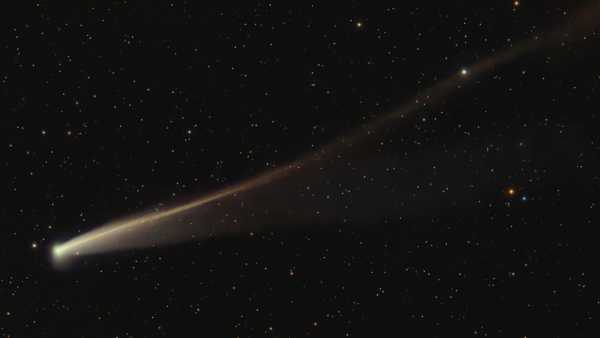
Why did Russia create a pile of debris threatening the ISS with an orbital missile strike? Is it true that such actions would make near-space unusable? We tell you why the answers to both of these questions are not at all what they seem.
Why was it necessary to launch a rocket at all?
To understand why a weapon is being tested, you have to understand how it works. Any weapon, even a Kalashnikov assault rifle, can sometimes work imperfectly. And the more complicated they are, the more often. That’s why they are tested under all sorts of conditions. Why in all sorts of conditions? Because a weapon that works perfectly well in one conditions can be absolutely useless in other conditions – seemingly not very different.
There are so many examples of harm from catastrophically poorly tested weapons that we won’t even attempt to list them here. And the 2020 Nudol anti-missile is far more complex than the 1940 torpedo. There are more nuances in its application. If it is not tested at the altitude limit, it probably will be able to reach its target at 200 kilometers orbit, but not at 450-500 kilometers orbit. This altitude is critical for Nudol. This missile defense system includes missiles of different ranges and altitude ranges. If we trust the Western interpretation of the tests that took place, exactly on November 15, they launched missile 14A042.
In the open sources its altitude range is assessed as 800 kilometers. Then it is quite clear why the tests of “Nudol” this time were carried out in orbits close to the ISS – between 450 and 500 kilometers. If you have a two-stage interceptor missile with a range of up to 500 kilometers, it makes no sense to test it at 250 kilometers, as the United States did in 2008. After all, in this case it is only possible to fully test the performance of the first stage of the missile, and only partially of the second stage. But what if something goes wrong in the highest altitude variant of application, at the “exhaustion” of the second stage capabilities (or after its separation)?
It is important to note: The Moscow missile defense system should shoot down not only nuclear warheads, but also other types of threats. There is talk specifically about the American reusable Boeing X-37B of the US Space Forces. Officially it is said to be just a maneuverable low-altitude spy satellite. However, the Russian military suspects it may be used as a nuclear weapon carrier. Of course, there are no such weapons there today, but it is objectively difficult to convince the Russian generals that there will not be any tomorrow (they have nothing to check this with).
Theoretically, such a space launcher is quite dangerous: the distance from it to the Russian capital from a minimum range of a nuclear missile is a few hundred kilometers, much less than a nuclear strike from U.S. submarines, let alone from a stationary missile silo. The reaction time would be exceptionally short, well under five minutes. As a mass carrier of nuclear charges the X-37B is expensive and inefficient, but for a “decapitation” strike on Moscow it is theoretically quite applicable.
Bottom line: Russia turned a satellite near the ISS into debris with an orbital missile strike for exactly the same reason that the Chinese shot down their old satellites in 2007, the Americans in 2008 and the Indians in 2019. After all, without full-fledged tests, such systems are of little use.

Couldn’t they have taken the aim lower?
Indeed, the U.S. and India have shot down their satellites with an orbital missile strike at noticeably lower orbits than the ISS, between 200 and 300 kilometers. This seems to tell us: those countries simply care about the safety of the international station, while we do not. After all, debris from objects shot down below the orbit of the ISS can’t threaten it, right?
Alas, not at all. Debris from such low-altitude targets is also dangerous to the ISS or other space objects. The point is that debris from space collisions fly not only downwards (to burn up in the atmosphere), but also upwards, where it can circle for a very long time.
Why this excursion into the dynamics of near-Earth objects? To show that physics cannot be cheated. The Indians did shoot down their old Microsat-R satellite at about 270 kilometers. But some of its fragments received additional energy from the impact of the interceptor and increased their speed due to this. An object in Earth orbit moves to a higher orbit as its speed increases. Indeed, scientific work shows: the apogee of the orbit of the ten large debris of the Indian target is above a thousand kilometers. Of course, over time, they too can cross the orbit of the ISS, creating a collision threat.
Of course, the number of debris dangerous to the ISS after the Indian orbital missile strike is lower than after the Russian tests. After all, only a minority of them move to orbits high enough to be able to cross the ISS orbit. However, this difference is quantitative, but by no means qualitative.
Moreover, it is not even the result of the ill will of the Indians or the Americans. It is the result of the fact that they could not have experienced anything higher. Yes, the US shot down its satellite at ~250 kilometers, not two hundred kilometers higher like Russia did. But the Pentagon didn’t need to do it at Nudol altitudes: after all, it shot down its satellite with an SM-3 anti-missile. To reliably intercept it at an altitude of only a quarter of a thousand kilometers, the SM-3 had to be modified.
If we believe the claims of the US military, the purpose of the strike was to rid the world of the threat of the fall of this secret American satellite, which contained hydrazine, dangerous for health. This is the reason for the orbit choice: the United States simply had no reason to aim higher. They did not want to shoot anything down higher.
But in the past, they did need to. During the Cold War, they shot down the old Solwind P78-1 satellite at an altitude of more than 500 km. It was done by the ASM-135 missile, which, in the end, was never put in the arsenal. The wreckage of Solwind P78-1 was losing altitude for many years – and managed to create a collision threat for the Soviet and Russian Mir stations.




